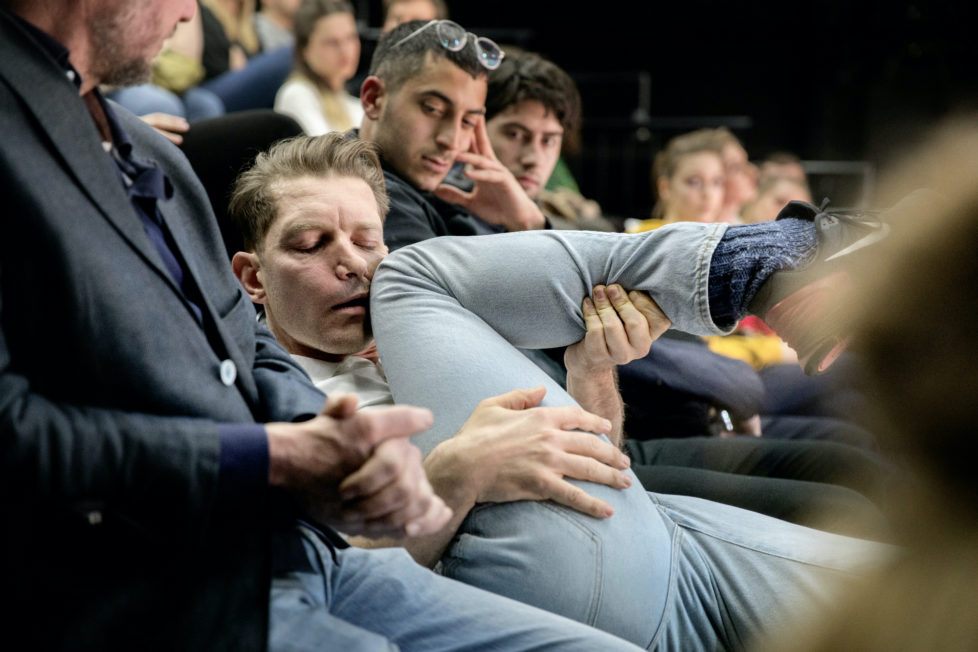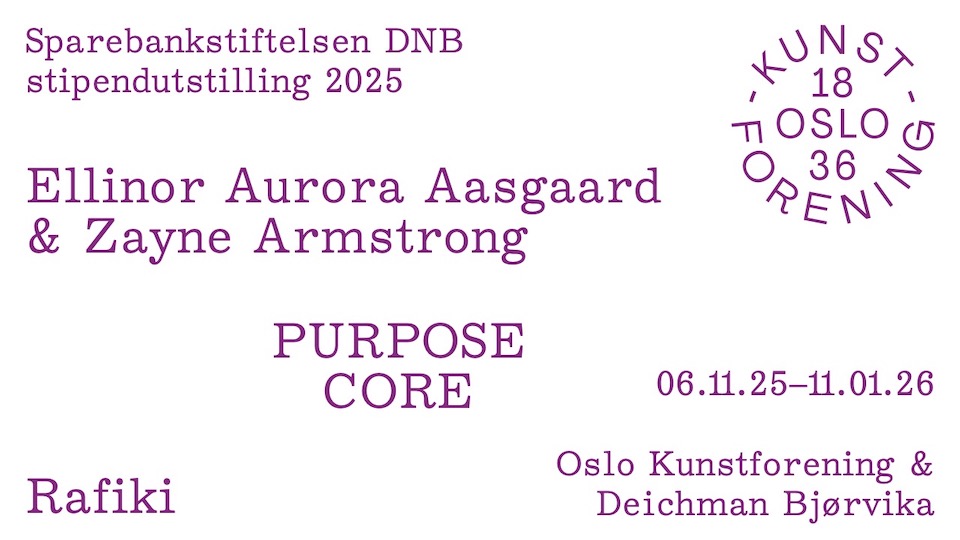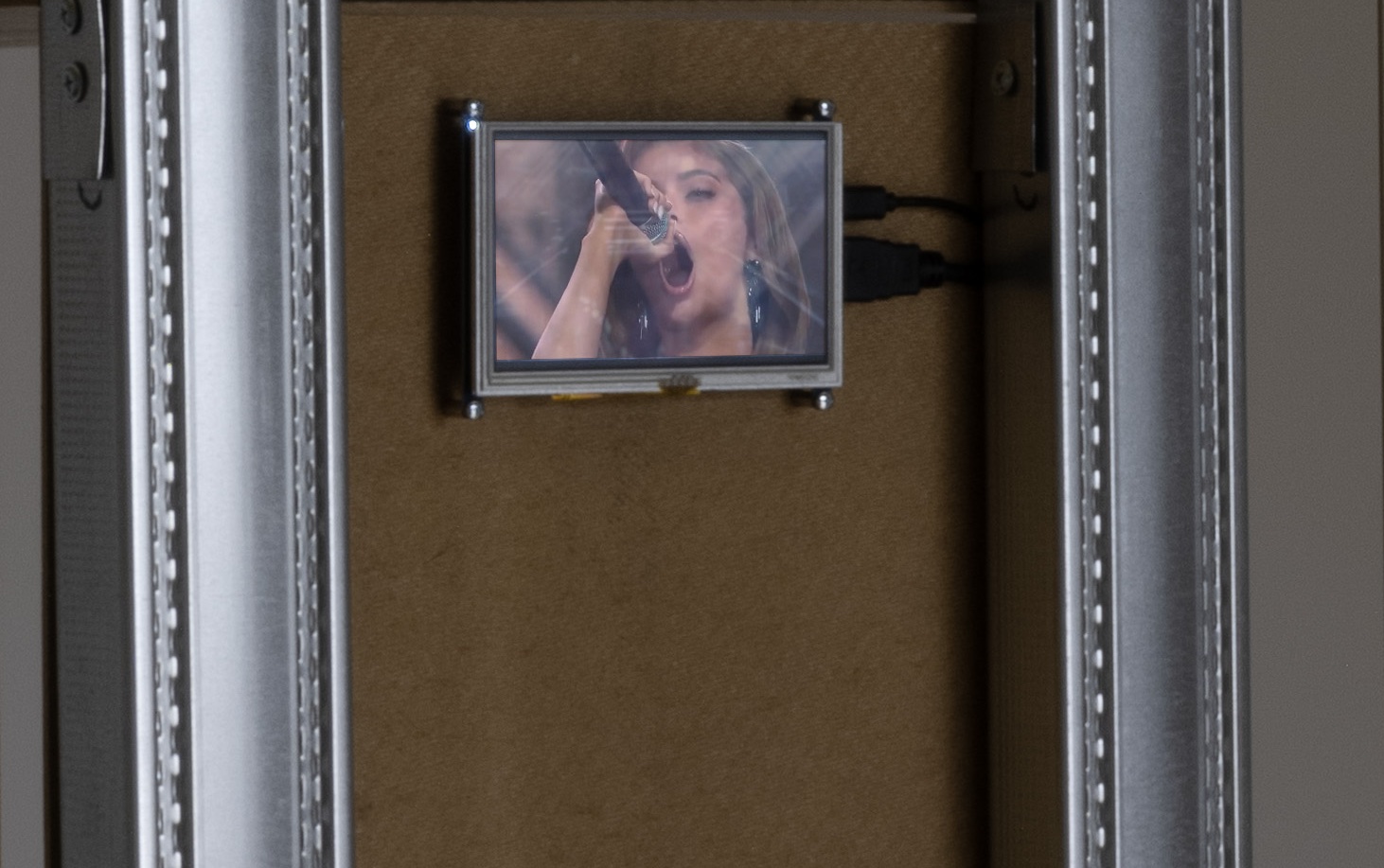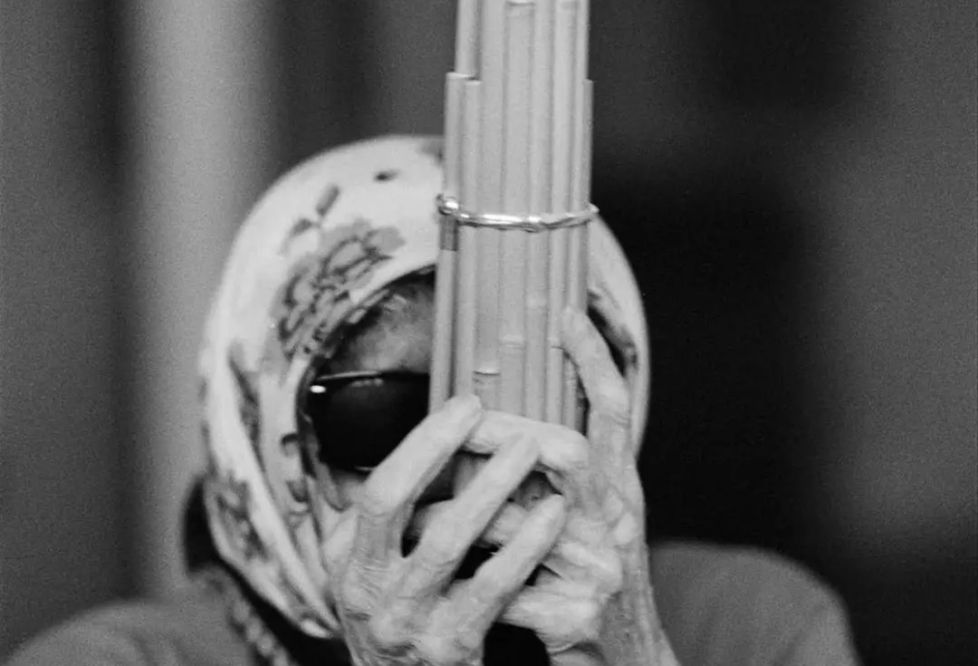
David Wojnarowicz, Photography & Film 1978–1992, Kunstwerke in Berlin
An impressive collection of the production of AIDS activist, poet, and artist David Wojnarowicz (1954–1992) was displayed in an exhibition design made up of scaffolding: political sound and film experiments, texts, photographs, paintings, collages, and sculptures. The exhibition housed so much anger, pain, sadness, desire, and rebellion. One of the strongest works was a silent black-and-white film of Wojnarowicz’s hands opening a box of AGFA photo paper and leafing through pictures of his partner, Peter Hujar, starting when he was a little boy and ending with an image of Hujar dead in his hospital bed. I also want to recommend Wojnarowicz’s essay collection Close to the Knives (1993).

Coyote, itinerant exhibition project
The artist-run itinerant project Coyote parasitises, camps out, and moves into buildings in Stockholm, Copenhagen, and Malmö. Its political and poetic method emphasises changes in urban space, the memory of cities, and capitalism’s relentless erasing of them. Coyote is a low-budget project, but has still managed to stage several ambitious and well installed exhibitions, performances, and events in empty and abandoned industrial spaces, restaurants, and food markets over the year. I was thrilled to reencounter Ida Idaida’s enigmatic installation Fire Burns and Flames Lick My Poor Remains in the exhibition Pioneertown, in Stockholm’s Hammarby Sjöstad in February 2019.

Shoah, Cinemateket in Stockholm 30 November and 1 December
Shoah is the most significant film about the holocaust. It took the director Claude Lanzmann eleven years to complete. Despite being nine hours long, it is precise and salient, a restrained telling in which survivors, witnesses, historians, and commanders convey a picture of the Nazi genocide of six million Jews during the Second World War. In long takes, the camera looks for traces of what is no longer there. Nature looks back at the people, the silent witnesses. There is no looking to archival footage or photographs for testimony or experience. Historian Paul Hilberg’s account of a document detailing the logistics for trains transporting people is overwhelming; an ordinary piece of paper listing abbreviations and times also accounts for ten thousand deaths. Lanzmann’s film is always relevant and should be screened regularly, continuously.
Lina Selander (f. 1973) is an artist and guest professor at The Royal Swedish Academy of Fine Arts in Stockholm. Her current exhibitions include Galleria Tiziana Di Caro in Naples, and the touring exhibition The Eye as Witness – Recording the Holocaust by The National Holocaust Centre and Museum, UK.

































Leserinnlegg